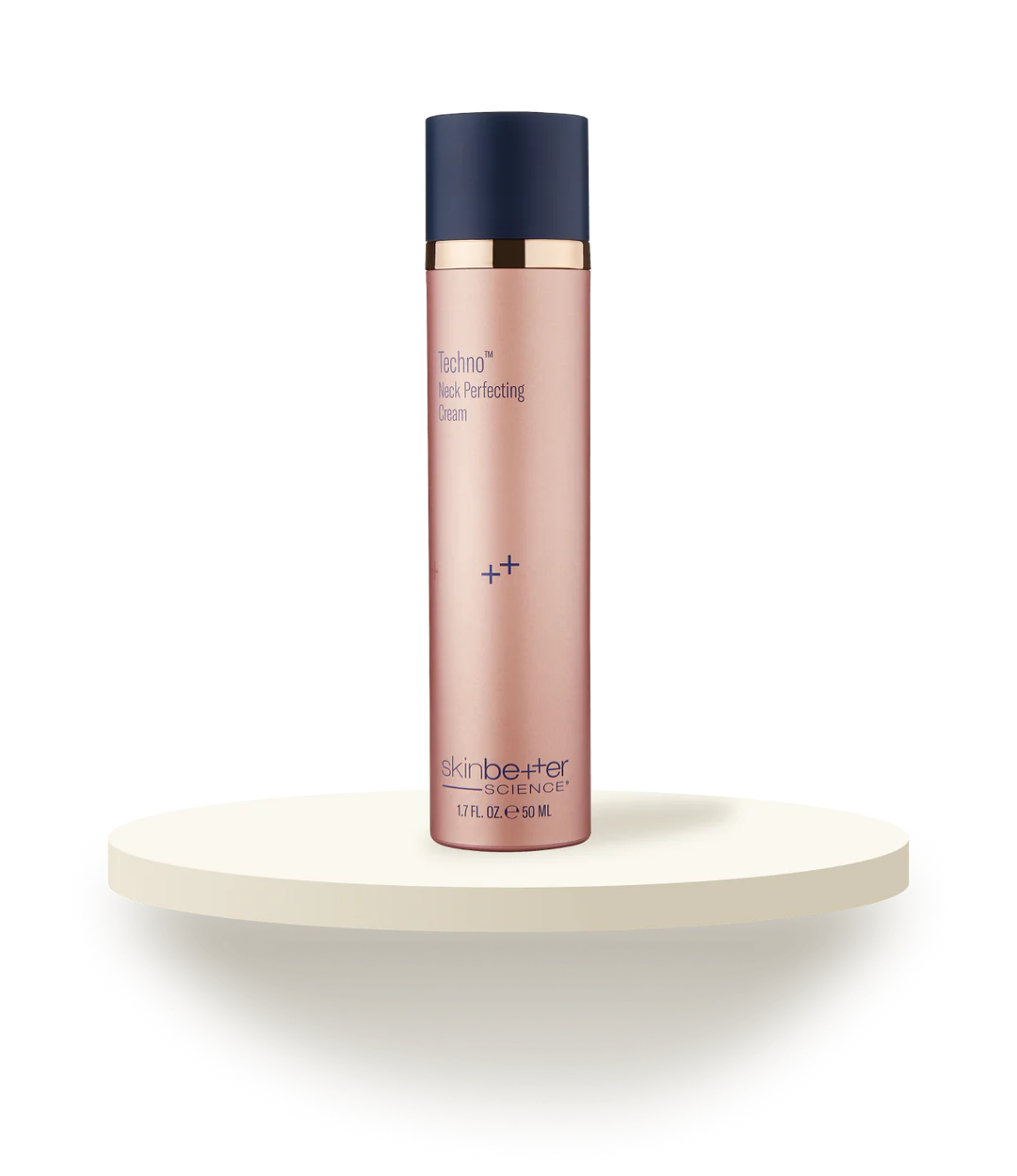MTF Gender Confirmation
For transgender individuals seeking gender confirmation treatments, numerous plastic surgery procedures can assist in creating an embodied physical aesthetic.
Content Reviewed by AEDIT Medical Advisory Board
Gender confirmation surgeries encompass a vast array of plastic surgery procedures that are used to assist those embracing their true gender in creating an embodied, genuine, and authentic physical representation of their identity. Plastic surgeons work with transgender candidates to refine and define their desired aesthetic in conjunction with medical or hormone therapies managed by the candidate’s health care provider.
For whole patient care and transgender health, male to female (MTF) and female to male (FTM) gender-affirming surgeries are important components in the care of gender dysphoria as are considerations for mental health. Advances in cosmetic and plastic surgery allow experienced, board-certified plastic surgeons to address a transgender patient's concerns from the top of their head to the tips of their toes.
Male to female gender confirmation surgery refers to individuals identified as male at birth who are seeking to transition to their female gender identity. ‘Gender confirmation surgery’ is an umbrella term to capture a myriad of procedures addressing the head, neck, torso, and lower body. Individual transgender candidates may wish to pursue one or more procedures to achieve their desired aesthetic as part of their gender reassignment surgery. Expert and experienced plastic surgeons specializing in these types of procedures are able to consult with candidates to determine what is most appropriate based on medical history, current body type, and long term goals.
The collection of plastic surgeries falling under the general term gender confirmation surgery can be organized into groupings of procedures specific to unique body areas. When considering the transition from a male to female gender identity, candidates can consider aesthetic changes to the head and neck, torso, and lower body that include:
MTF gender confirmation surgery does not have to encompass all of the procedures listed above. Individuals, through consultation with their provider, can determine which areas of the body they wish to address.
Individuals identified as male at birth who are now seeking to embrace their true female gender identity may wish to consider gender confirmation surgery as part of their transition. Medical and hormonal therapies are administered under the guidance of a healthcare provider, whereas cosmetic surgery procedures to further create an individual's desired aesthetic are performed by an expert plastic surgeon. Candidates should consider their overall health, expectations of the procedure, and willingness to commit to needed recovery time following their procedures when deciding to pursue a gender confirmation surgery.
Guidelines for the pediatric population seeking gender affirming surgeries recommend that transgender candidates do not seek genital reconstruction procedures such as phalloplasty (penile construction), scrotoplasty (scrotum construction), vaginoplasty (labia, clitoris, and vaginal construction), oophorectomy (ovary removal), or hysterectomy (uterus removal) until they are 18.
Now that we’ve covered the overview of gender confirmation surgery, let’s get a little more specific in what procedures exist to create the most authentic personal aesthetic. See our full guide to Male to Female (MTF) Gender Confirmation Surgery Solutions, or keep reading for a general overview of treatment options:
Facial feminization surgeries cover procedures from the scalp to the base of the neck. Hairline advancement, facial hair removal, eyelash/eyebrow augmentation, and forehead contouring can be used to address the upper third of the face. Rhinoplasty, cheek augmentation, and lip augmentation cover the middle third. Jaw reduction, chin surgery, and Adam’s apple reduction can be used to address the lower third of the face and the neck. Non-surgical alternatives include Botox, fillers, and thread lifts.
Breast augmentation is the mainstay of transfeminine top surgery. Breast implants with synthetic materials or possibly via fat transfer are available, as are procedures to create a more feminine appearing nipple and areola.
Bottom surgeries include hip implants, butt augmentation, calf reduction, and also surgical procedures for the genitalia like an orchiectomy and vaginoplasty (genital reconstruction).
To refine the contour of the entire body, body contouring procedures like liposuction, Emsculpt®, CoolSculpting®, SculpSure®, and skin tightening can be used to further refine, define, and augment specific body parts to create a more femine aesthetic.
